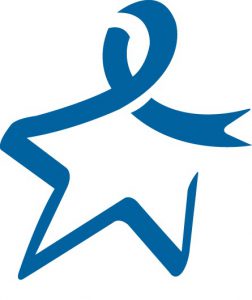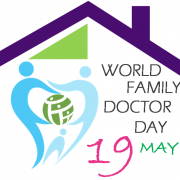 American Cancer Society
American Cancer Society
Colorectal cancer is the nation’s second-leading cause of cancer-related deaths in the U.S. when men and women are combined; however it is one of only a few cancers that can be prevented. Through colorectal cancer screening, doctors can find and remove hidden growths (called “polyps”) in the colon, before they become cancerous. Removing polyps can prevent cancer. The pledge to get to 80% is a National Colorectal Cancer Roundtable (NCCRT) initiative in which more than 1,500 organizations have committed to substantially reducing colorectal cancer as a major public health problem and are working toward the shared goal of 80% of adults aged 50 and older being regularly screened for colorectal cancer. Leading public health organizations, such as NCCRT, CDC and the ACS are rallying organizations to embrace this shared goal. If this goal can be achieved, 277,000 cases and 203,000 colorectal cancer deaths would be prevented by 2030. So far in Kansas, 12 have taken the pledge. Click here to take the pledge.
Primary Care Physicians – Working Together to Save Lives [PDF]

 WONCA
WONCA